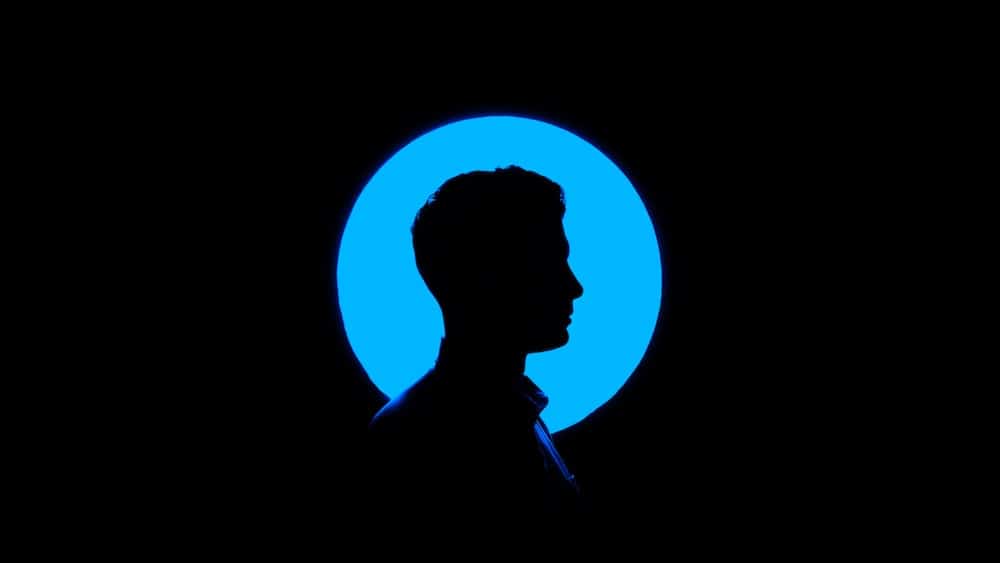
Dublin Airport’s Twitter account is flying. It has hundreds of thousands of followers and has won a total of 10 awards, including the Moodie Award for World’s Best Airport Twitter Account four times. ITTN caught up with the mind(s) behind the account to find out what makes Dublin Airport’s Twitter tick.
Social Media Is Hard
Social media engagement is challenging at the best of times, especially for corporate accounts. There are those whose attempts to be ‘human’ with their followers often strike the wrong chord, come across as out-of-touch or try that little bit too hard.
The alternative is to stick to delivering the brand’s own information, which can often fail to resonate entirely with the audience and come across as uninspiring or uninteresting.
With content created by a small, in-house team, the secret to Dublin Airport’s success isn’t hard to divine but very difficult to copy. By artfully combining passenger information and news with a warm touch, a wonderful sense of humour and the occasional killer retort, Dublin Airport’s Twitter has earned almost 350,000 followers and devoted fans all over the globe.
We’re always delighted to hear from our airport friends in the US, but eh that’s possibly the worst looking pint of whatever the hell is in that glass that we’ve ever seen. And don’t even get us started on the geansaí or the accent. Take care y’all. 😉 #AirportTwitter https://t.co/5IMmitOGgV
— Dublin Airport (@DublinAirport) June 9, 2021
Behind the (Twitter) Curtain
The minds behind Dublin Airport’s Twitter account are known to only a few. We won’t name them here, because we like Dublin Airport’s idea that it’s not about the person, but about the message. But we did ask them a few questions about what makes the account tick.
The twitter account has really taken on a personality in the last few years: what is that personality?
In a way, our tone of voice has evolved a bit since we started on Twitter and I think in part that evolution has been due in part to the way in which our audience reacted to us and the engagement that we generated from our tweets.
Our original posts from late 2010 are a tad dry, but we quickly began to find our feet and express ourselves in a different way.
I think of the early tweets as the social version of baby pictures – yes that’s us, but it’s a bit embarrassing to show them to anyone.
We had the advantage that we were able to learn on the job as Twitter was a very different place then and we had the freedom to fail that you probably don’t have now.
From the outset, we didn’t want to be a boring, po-faced corporate presence on Twitter or our other social channels. We had a persona that was open, warm, engaging and also one that had a distinctly Irish voice.
That might sound like an odd thing to reference, as of course it’s an account for an airport in Ireland, but lots of corporate social media accounts are kind of soulless and could be from anywhere.
Dublin Airport is the main gateway for the country and it’s the first impression that many visitors have of Ireland, so we tried to reflect that Irishness in our personality.
Dublin Airport is the main gateway for the country and it’s the first impression that many visitors have of Ireland, so we tried to reflect that Irishness in our personality.
So our Irishness is at the heart of what we do. That’s the warmth, the informality and the humour. We wanted to be seen an authentic voice on Twitter and we saw the medium’s power for connecting with our audience.
We joke that if Twitter didn’t exist we’d have to invent it as it has been an essential part of the way we communicate for many years.
We also took Twitter and social media seriously from the start – we didn’t farm it out to an intern.
Striking the right balance between seriousness and irreverence is very difficult – especially with corporate accounts – so how does Dublin Airport manage it?
To be honest there isn’t a playbook for it. It’s about your gut at the end of the day, and knowing your audience. And occasionally stopping yourself from going just too far.
We probably push the envelope a bit further now that we did a few years back, but it wasn’t like we sat in a darkened room and spent ages planning that.
The account and the persona evolved in the same way that people change – it was slow evolution rather than a revolution. During the pandemic for example, our business was decimated. There was a large amount of doom and gloom around so we had a sense that our audience might like something light at times and that proved to be the case.
But we also continued to provide accurate and relevant information for people and to address some of the myths and inaccuracies that were circulating about our business.”
Hi Edmund, you are not alone. So many people are feeling exactly that way at the minute. Never forget that you are loved & there are people who care about you. We see you like 747s; here’s one just for you, along with a picture of dawn in Dublin. Sending you hugs from back home. pic.twitter.com/x2TyI06uD7
— Dublin Airport (@DublinAirport) October 17, 2020
Is there a tweet that you most enjoyed?
It’s almost impossible to pick a particular post, but given the negative press that Twitter sometimes gets, it’s important to remember that it can also be a very positive thing.
In that context, there is one relatively recent tweet that springs to mind. Last October we saw a message from Edmund O’Leary, an Irishman living in London, who said he was feeling rock bottom and to say hello if anyone saw the tweet. We were really touched by Edmund’s message and noticed that he liked 747s.
So we replied with an image of an Aer Lingus 747 at Dublin, a picture of dawn over Dublin Bay and a message to say that he wasn’t alone and that we were sending him hugs from Dublin.
Edmund’s message really resonated with people and it went viral and received more than 100,000 responses. Edmund told a number of media outlets that he found our message “warm and loving” and that it was the first reply that really touched him. It was so lovely to hear that our tweet had given Edmund a lift at a difficult time for him.
Congratulations to our old pals @CPHAirports. We still haven’t forgotten the whole Viking thing, but we were all cheering you on this evening. #DEN #EUROS2020 ⚽️ 🇩🇰 pic.twitter.com/aX3N1mEEXz
— Dublin Airport (@DublinAirport) June 21, 2021
The airport is so empty it’s like a scene from a post-apocalyptic movie.
What kind of online interactions does the account usually get?
We generally have very strong engagement levels on our Twitter account. We currently have almost 345,000 followers, which makes us of the biggest corporate accounts in Ireland and one of the largest airport Twitter accounts in the world.
Last year, more than 71.3 million people saw Dublin Airport’s posts on Twitter, which is more than the population of the UK. None of those posts was a promoted tweet – i.e. an advertisement or paid content – so all of that engagement was generated organically. So far this year, our Twitter posts have generated about 30 million impressions.
This last year has been catastrophic for everyone in the travel industry – can you gauge the impact on the airport?
We kept the airport open throughout the pandemic in line with Government policy and played an essential role in the import and export of essential PPE and other medical equipment.
It’s been a very tough period for our business and for all of our customers and partners in the travel and tourism sectors.
Anyone who has been to Dublin Airport over the past 15 months can see the impact of travel restrictions with their own eyes. The airport is so empty it’s like a scene from a post-apocalyptic movie. Our passenger numbers and our route network has been devastated.
Dublin Airport lost 25.5 million passengers last year, which is equivalent to the entire population of Australia, as passenger numbers fell by 78%. Passenger numbers fell by 89% between March and December as the travel restrictions kicked in.
The last time that Dublin Airport had fewer than 8 million passengers in a calendar year was in 1994, which was 27 years ago. Passenger numbers this year continue to be down by more than 90% compared to a normal year. Ireland is currently the worst affected country in Europe in terms of flight numbers. Data from Eurocontrol shows that on average across Europe, flights are currently at about 50% of 2019 levels. Flights to and from Ireland are currently at just 24% of 2019 levels, with Ireland the worst performing country out of 41 in Eurocontrol.
Dublin Airport lost 25.5 million passengers last year, which is equivalent to the entire population of Australia, as passenger numbers fell by 78%.
It has had a profound impact across the whole operation at Dublin, but we’re focussed on working with our airline partners and other stakeholders to win back this lost connectivity for Ireland.
It’s absolutely essential that we do so, as air connectivity is vital to the Irish economy. Ireland is one of the world’s most open economies, and is highly dependent on tourism, trade and foreign direct investment, all of which rely on aviation.
Aviation has recovered from previous economic and geo-political shocks and the fundamentals of the Irish economy are strong, but it will take time.
Best wishes to all the Irish tourism businesses re-opening today. We look forward to bringing you overseas visitors again shortly. Tourism is one of Ireland's most important businesses, generating employment & revenue in all 32 counties on the island. #FillYourHeartWithIreland pic.twitter.com/oc3zqt1NaT
— Dublin Airport (@DublinAirport) June 2, 2021




